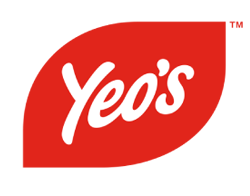
Singapore, part of Southeast Asia, is unique in its food culture thanks to the influences from colonial British, Portuguese, Chinese, Indonesian, Malay and Indian.
Such culinary diversity can be traced back to its history as a trading port, which encouraged the rise of a society that welcomed foreign influences and the plethora of spices and ingredients.
The various Chinese dialect groups, chiefly the Hainanese and the Cantonese, played an important role in shaping the Singapore food scene.
The Hainanese (from China) made western food palatable and popularised Peranakan, a hybrid Malay-
The Cantonese are known worldwide as restaurateurs. From the Cantonese, Singapore got a taste for sweet and sour flavours and understanding of superior culinary techniques such as flash frying, deep-
Perhaps the most important influences were Malay and Indian spices. Malay spices and herbs jazzed up the classic Singaporean dishes, which also contain traditional Chinese ingredients, whilst the aromatic Indian spices of turmeric and cumin influenced such dishes as Satay BBQ Sticks. The favourite Singaporean street food, Mee Siam, is a classic example of a Singaporean dish that contains a myriad of Asian ingredients such as Chinese vermicelli, salted soy bean and dried shrimp as well as Malay seasonings of tamarind and chillies.
There is no doubting that few food cultures can boast of such extensive and varied roots.

Want to know
where to find your favourite Yeo’s products?
Join our club for all the latest updates
and information by email.




Quick Message:
Copyright YHS International Pte Ltd 2014 . www.yeos.com.sg . Website designed by DGA Marketing
Sign up for our news
By submitting your details you are opting in to receive our newsletters. You may CONTACT US to unsubscribe at any time or click the unsubscribe link at the bottom of any newsletter you receive from us. You may also wish
to view our updated
PRIVACY POLICY